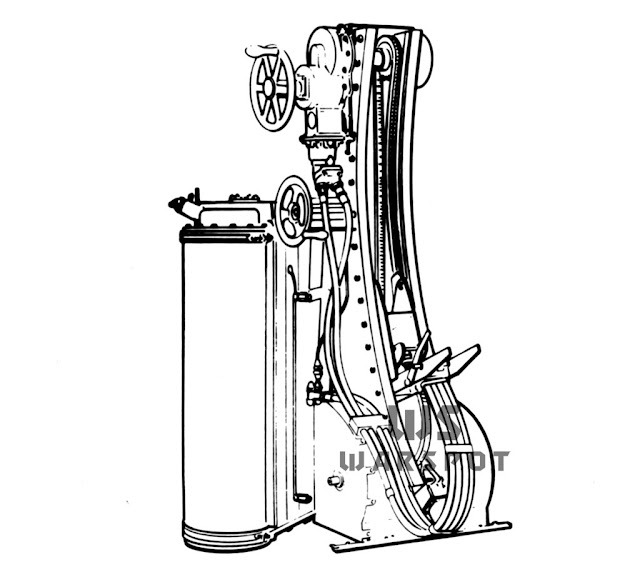History
The United States found itself with the M24 Chaffee as the only light tank in service after the end of World War II. Nearly all tank production had been terminated, apart from a handful of experimental projects. M24 production ended in August 1945 after 4,731 had been built, and the remaining fleet in US service would see its final combat during the Korean War. In the meantime, Army officials came to view the M24 as an obsolete design. Its 75 mm gun was considered wholly inadequate in the face of emerging Cold War armor technology, and a replacement was urgently needed.
The search for a new light tank began as early as January 2, 1945, when the Army Ground Forces Equipment Review Board met in Washington, D.C. Later that year, in November, the War Department Equipment Review Board was convened under the leadership of General Joseph W. Stilwell. Both boards recommended the development of a new light tank.
The specifications called for a vehicle weighing around 25 tons, with greater firepower and mobility than the M24. Its gun was required to penetrate 5 inches of homogeneous armor sloped at 30 degrees at a range of 1,000 yards.
In July 1946, the Detroit Arsenal’s Research and Development Division began work on a design to meet these requirements. Additional criteria were refined over the following months, and on September 27, 1946, Item 31059 of the Ordnance Committee Minutes officially designated the project as the T37. Initially, three pilot tanks were authorized, though this was reduced to two by OCM 31554 on May 1, 1947. By early 1949, the design was finalized, a full-scale wooden mock-up was constructed, and drawings were released for pilot production.
The T37 was manned by a crew of four. The driver sat on the left side of the front hull; an ammunition rack for the main gun occupied the right side. The turret housed the commander, gunner, and loader. Power was provided by the new AOS-895-1 gasoline engine paired with a compact CD-500 cross-drive transmission, which offered improved mobility over the M24.
The T37 had a Phase I turret that carried the 76 mm gun T94 in the T137 combination mount, firing armor-piercing rounds at 2,600 feet per second. Its ballistics were said to be similar to those of the 76 mm M1 gun found on the M18 Hellcat; however, I do not have additional sources for more information on the specific ammunition types used with the T94 at this moment. Although the gun lacked stabilization, it was paired with a stereoscopic optical rangefinder installed at the top front of the turret, operated by the gunner seated to the left of the cannon in front of the commander. The loader occupied the right side of the turret. Secondary armament included a coaxial .50 caliber machine gun mounted to the right of the main gun, a .30 caliber machine gun in each sidewall blister, and a .50 caliber heavy machine gun on a roof-mounted pedestal.
The first T37 pilot was delivered to Aberdeen Proving Ground on May 30, 1949, where it underwent testing until August 1950. The vehicle was then returned to Detroit Arsenal for a production study following the outbreak of the Korean War. Reports concluded the T37’s performance satisfactory, noting in particular that its rangefinder enabled highly effective fire at over 1,000 yards.
The T37’s development ended there, as it was not selected for production. However, the additional pilots were completed with a Phase II turret, which mounted the higher-velocity 76 mm gun T91 along with a Vickers fire control system and stabilizer. This configuration was redesignated T41 Light Tank, which in turn evolved into the T41E1 and ultimately the standardized M41 Walker Bulldog. In production, both the rangefinder and stabilizer were omitted. Therefore, the T37 served as a significant stepping stone toward the US Army’s postwar light tank, the M41.









